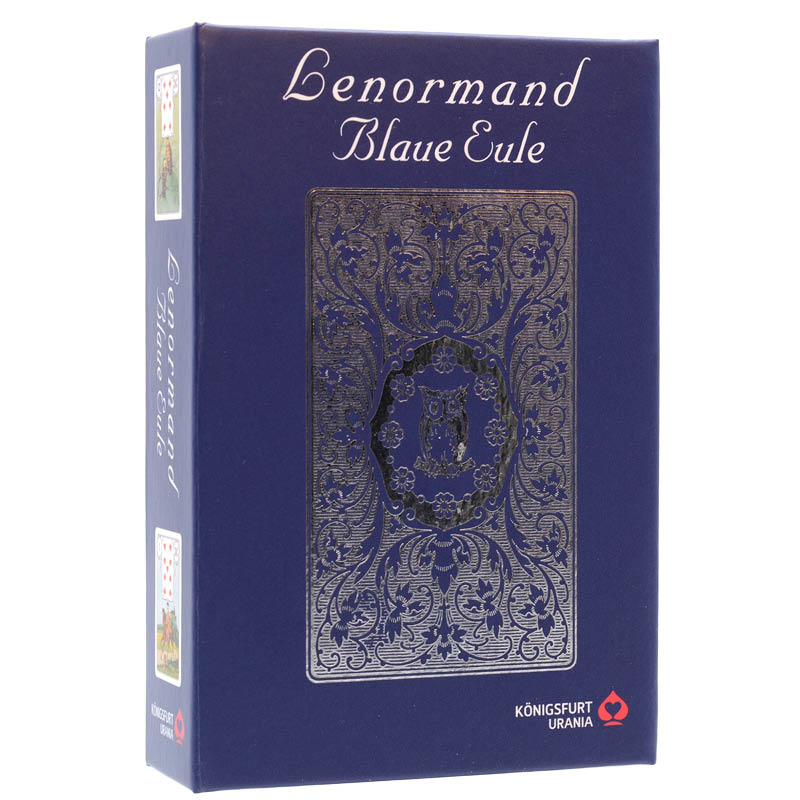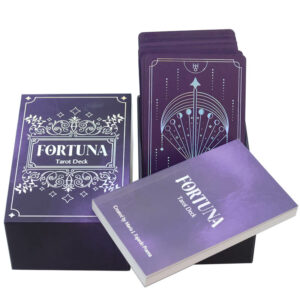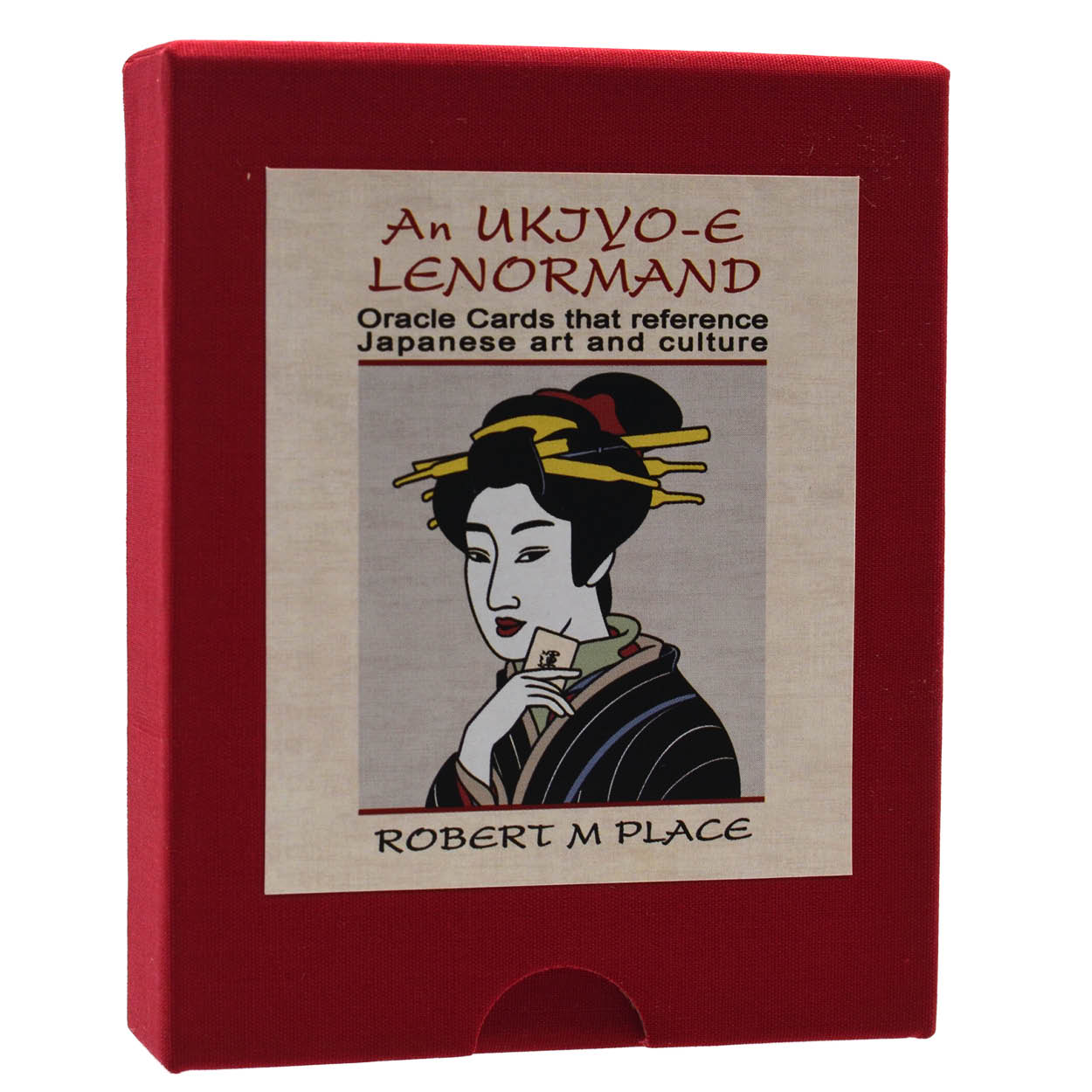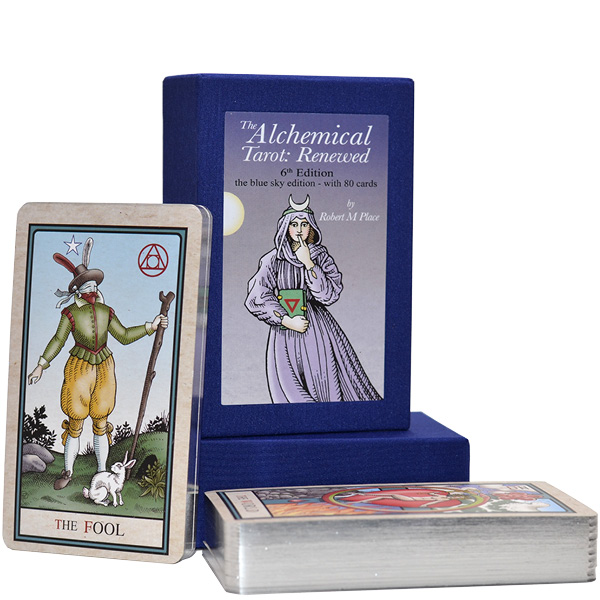Historical Significance
"The Primal Ur Lenormand," edited by Alexander Glueck, is a remarkable reprint of the original cards from 1799. With the permission of the British Museum in London, this deck revives Johann Kaspar Hechtel's original concept, first published in Nuremberg as a parlour game. This deck is a historical treasure, offering a glimpse into the early forms of what would later become the widely known Lenormand cards. It features all the familiar characters - the rider, the stork, the mice, the fish, and more - in their original form.
Design and Artwork
This deck preserves the authentic designs of the 1799 cards, capturing the essence and charm of the late 18th century. The artwork is a reflection of the period's style, with each card serving as a piece of historical art. The Primal Ur Lenormand provides a unique opportunity to experience the Lenormand oracle in its earliest form, making it an invaluable addition for collectors and enthusiasts alike.
About the Editor: Alexander Glueck
Alexander Glueck, responsible for bringing this historic deck back to life, has carefully edited and preserved the integrity of the original cards. His work ensures that modern audiences can appreciate the historical significance of the Lenormand cards. Glueck's dedication to historical accuracy and his collaboration with the British Museum have made this reprint a significant contribution to the world of tarot and oracle cards.
User Experience
The Primal Ur Lenormand is not just a collector's item but also a functional oracle deck. It comes with a booklet that includes the historic game rules as well as instructions on how to read this oracle today. This makes the deck accessible to both history enthusiasts and contemporary oracle readers. The tri-lingual edition – in English, French, and German – broadens its appeal and accessibility.
Key Features:
- Editor: Alexander Glueck, known for his work in historical tarot and oracle decks.
- Historical Source: Original cards from 1799, first published in Nuremberg.
- Art Style: Authentic late 18th-century design, reflecting the period's artistic style.
- Characters: Features early forms of the characters later seen in Lenormand cards.
- Audience: Ideal for historians, collectors, and oracle readers.
- Companion Booklet: Includes historic game rules and contemporary reading instructions.
- Languages: Available in English, French, and German.
- Cultural Importance: A significant piece in the history of oracle cards.
- Quality: Carefully reproduced to maintain historical authenticity and quality.





